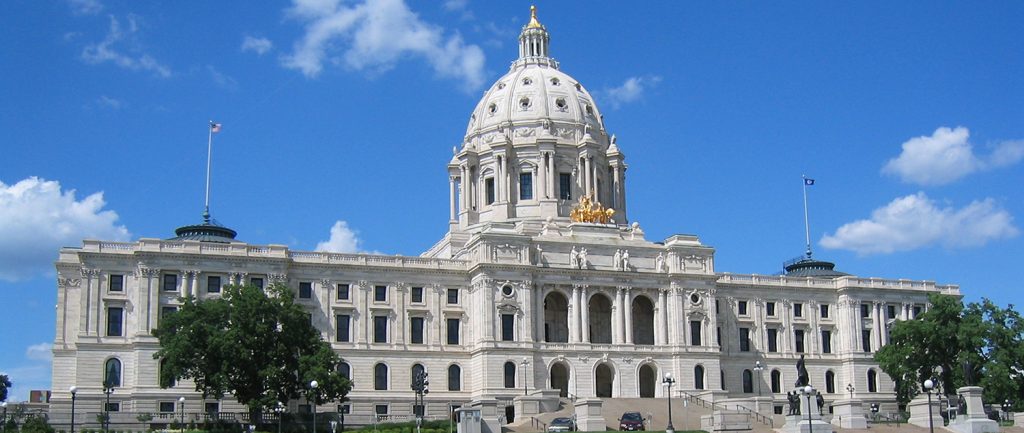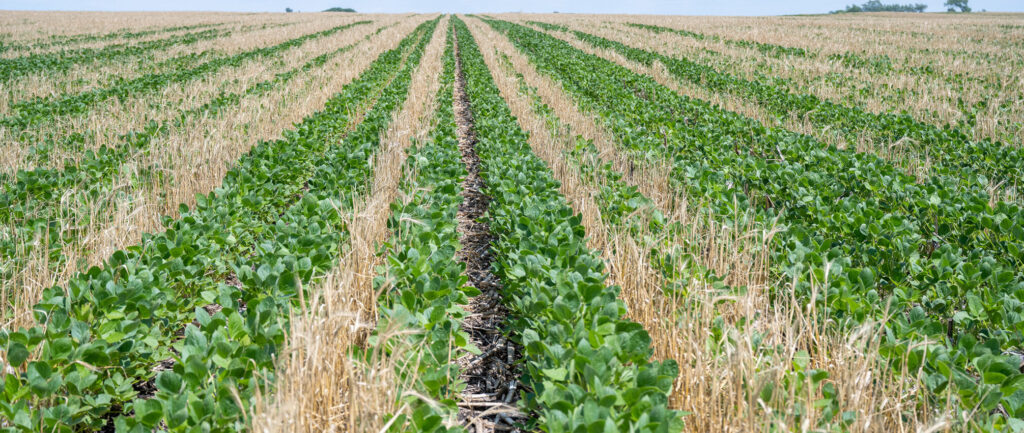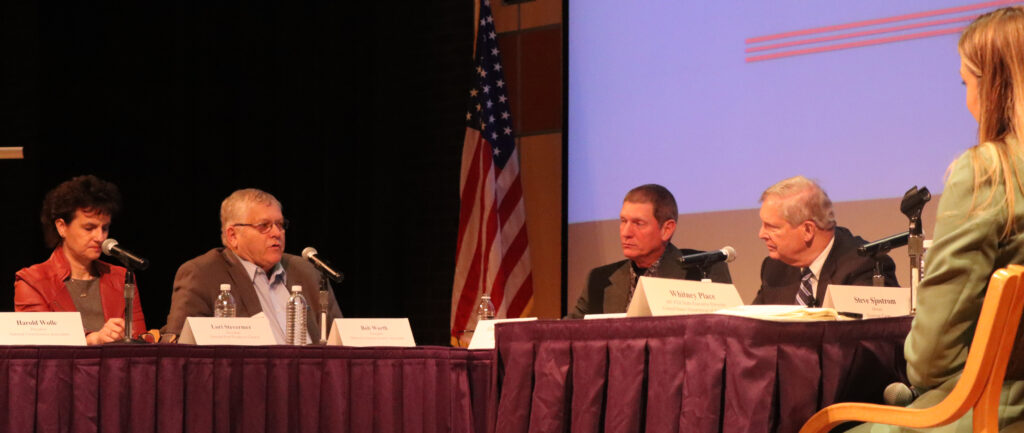The Minnesota Department of Agriculture (MDA) announced Monday the removal of a temperature application restriction for dicamba as part of MDA’s state-specific restrictions for dicamba herbicide use in Minnesota for the 2019 growing season.
In 2018, MDA applied a cutoff temperature of 85 degrees Fahrenheit.
MDA’s announcement comes on the heels of the Environmental Protection Agency’s (EPA) approval for over-the-top use of dicamba through the 2020 growing season. The EPA’s restrictions prohibits over-the-top application of dicamba on soybeans 45 days after planting, and allows applications from 1 hour after sunrise to 2 hours before sunset.
Based on the review of survey results and peer reviewed literature, and input from MSGA’s Drift Task Force, University of Minnesota Extension weed scientists and pesticide manufacturers, MDA Commissioner Dave Frederickson has added one additional protocol for dicamba use for the 2019 growing season:
Cutoff date: Do not apply after June 20, 2019. MDA asserts that setting a June 20 application cutoff date will continue to reduce the potential for damage to neighboring crops and vegetation.
Minnesota Soybean Growers Association President Michael Petefish said the organization is pleased to see the technology approved for the upcoming growing season.
“MSGA is encouraged to see this label will be continue to be available,” he says. “While the cutoff date restrictions remains the same as last year, the removal of a temperature restriction gives our growers a larger time frame to use this technology in a responsible fashion.”
The 2019 Minnesota restriction is in addition to those established by the US Environmental Protection Agency (EPA). The affected formulations are XtendiMax by Monsanto; Engenia by BASF; and FeXapan by DuPont.
The decision follows MDA’s ongoing investigations and informal surveys into reports of crop damage from alleged dicamba off-target movement over the past two growing seasons. In 2017, the MDA received 253 reports of alleged dicamba drift; 55 of those were formal complaints requesting investigations. Those reports impacted an estimated 265,000 acres. After state restrictions were put in place for the 2018 growing season, the number of complaints dropped dramatically to 53 reports, of which 29 were formal complaints. Less than 2,000 acres were impacted in 2018.
“We now have two years’ worth of data to show what measures can and should be taken to limit the potential drift of dicamba to non-target crops,” Frederickson said. “It is evident that measures put in place last year worked well and we must continue to use this product in a prudent manner.”
In Minnesota, the XtendiMax, Engenia, and FeXapan formulations of dicamba are “Restricted Use Pesticides” for retail sale to and for use only by Certified Applicators.




